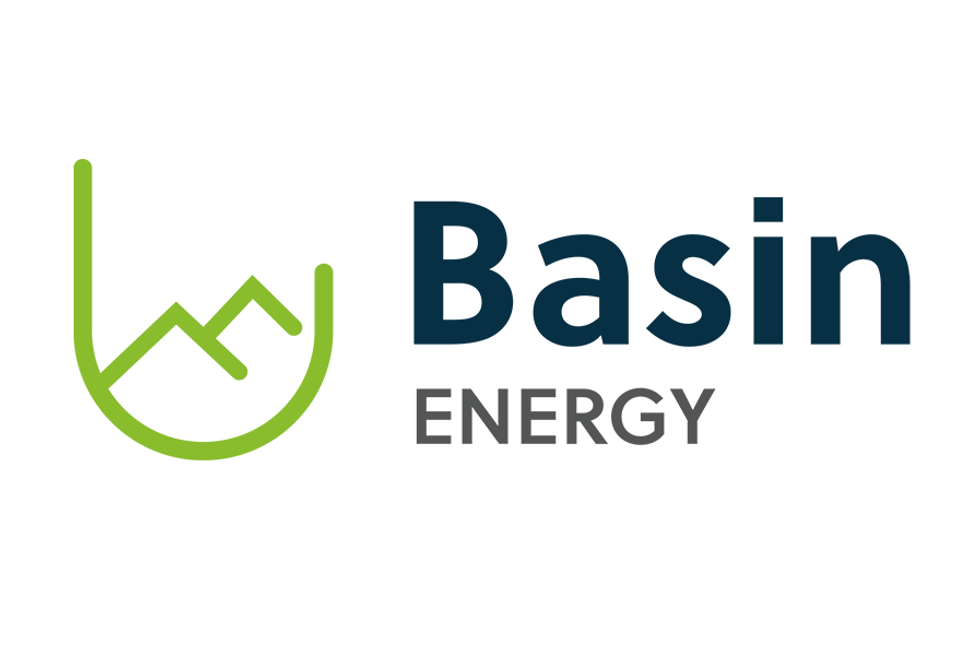
During its Q4 conference call, Cameco expressed optimism that growing demand and a drop in supply will be long-term drivers for the uranium industry.
The spot uranium price remains rangebound below US$27 a pound, but sector major Cameco (TSX:CCO,NYSE:CCJ) is still confident that the growing need for uranium in the nuclear fuel cycle will be beneficial for the market.
During the company’s recent Q4 conference call, CEO and President Tim Gitzel expressed optimism about the long-term drivers and fundamentals in the uranium industry — those being growing demand paired with a downswing in supply.
Gitzel was adamant, however, that prices need to be set by the production cost curve, a truer reflection of expenses incurred by miners as they produce the energy fuel.
“Our optimism and confidence in a uranium market transition is growing, driven by the long-term fundamentals,” the Cameco head said, noting that current prices are not sustainable and are putting future supply at risk.
Cameco plans to take advantage of the long-term growth it sees by focusing on its tier one assets.
“The longer the transition takes, the greater the likelihood that the uranium price will go beyond what is required to incentivize tier one production to return to the market,” he added. “We expect this will provide the opportunity for us to capture additional value in our contract portfolio and support the restart of our tier one assets.”
In the meantime, with prices remaining below US$30, the largest uranium company in North America will rely on purchases from the spot market to meet its contractual obligations.
However, Gitzel remained tight-lipped as to the amounts or dates of the spot market buys.
“There is a lot of speculation and some skepticism about our activity in the spot market, and spot market participants try to capitalize on our need to buy material. This speculation, skepticism and criticism won’t deter us,” Gitzel said.
“We won’t disclose exactly when and how much we are going to purchase annually. Why? To allow us to be more flexible and nimble in the market to allow us to capture more gross margin.”
The U3O8 spot price hasn’t moved above US$28 in a year, and has been stuck in the US$24 to US$25 range for most of the last 12 months, except for a brief period last November when it hit US$26.05.
Its flat performance has been attributed to utility providers waiting to come to market to purchase uranium for electricity generation, and the US government’s Section 232 investigation into foreign uranium purchases.
During the prolonged investigation, speculation about a domestic uranium quota was floated; this weighed on the sector, especially on companies in Canada and Australia, which are considered ally nations to the US.
US President Donald Trump ended up forgoing quotas (for now) and instead opted to form the Nuclear Working Fuel Group to further explore and investigate the entire nuclear fuel cycle.
Cameco, a producer with idled projects in both Canada and the US, expressed positivity about the president’s decision to not limit imports from Canada and declared its willingness to participate with the study group in any capacity.
“Cameco has uranium operations in Wyoming and Nebraska that are currently in suspended production due to the persistent weakness in the global uranium market,” Jeff Hryhoriw, director of government relations and communications with Cameco, said via email to the Investing News Network (INN).
He continued, “However, when these mines were in operation, Cameco was the largest uranium producer in the US, and remained as such for most of the past 20 years — so if market conditions sufficiently rebound to the point where a restart of these operations might become feasible from a commercial perspective, we believe we are very well positioned to respond.”
While the uranium market appears to be in a state of flux currently, Cameco was able to deliver 14 million pounds of uranium in the last quarter, and generated C$527 million in cash from operations. In addition, the company added 36 million pounds of deliveries to its long-term contract portfolio.
For Gitzel, the company’s ability to remain profitable amid headwinds is evidence of its resilience.
“We are a commercially motivated supplier, with a diversified portfolio of assets, including a tier one production portfolio that is among the best in the world,” he said. “We will continue to be disciplined and make the decisions necessary to keep the company strong and viable for the long term.”
Cameco’s performance in the last reporting period of 2019 has prompted CIBC to give the uranium producer a neutral rating with a C$12 target. The team noted that uncertain U3O8 fundamentals are keeping it cautious and “on the sidelines.”
“Notwithstanding a strong Q4/19 and 2020 guidance, we remain concerned with uncertain near/medium-term U3O8 price fundamentals and utilities’ long-term contracting activity as uncertainty remains on the lack of directives from the US Government on the section 232 investigation and ensuing recommendations from a Nuclear Fuel Working Group, plus alleged aggressive long-term pricing by (Cameco’s) competitors,” wrote CIBC’s Oscar Cabrera in a research note.
Even though the uranium market may appear opaque, Cameco’s management is looking ahead with much clarity as more countries build nuclear reactors for clean energy production and the narrative around green energy evolves to better reflect the pros of nuclear power.
The growing value and importance of nuclear was reiterated in a Monday (February 10) press release from the US Department of Energy regarding the Trump administration’s 2021 budget requests.
“This year’s budget underscores the importance of nuclear security by increasing funding to modernize and maintain our nuclear stockpile,” said US Secretary of Energy Dan Brouillette.
“It focuses on intradepartmental collaboration to advance crosscutting priorities such as energy storage, security, reliability and resilience. It also continues investment in early-stage research and development at our National Labs to guarantee that the United States is at the forefront of innovative technology and innovation by investing US$1.5 billion in the Administration’s Industries of the Future initiative.”
In the email to INN, Cameco’s Hryhoriw pointed to the recent collaboration between the US and Canada — the Joint Plan on Critical Minerals Cooperation — as a potential positive step towards more nuclear power solutions as well.
“While the Action Plan hasn’t been publicly released yet and no further details have been provided, we know from the statement delivered by the Canadian Minister of Natural Resources, Hon. Seamus O’Regan, that uranium is included in the plan,” he wrote. “So, we look forward to seeing more details.”
Shares of Cameco were up 4.5 percent on Tuesday (February 11), trading at C$12.25.
Don’t forget to follow us @INN_Resource for real-time news updates!
Securities Disclosure: I, Georgia Williams, hold no direct investment interest in any company mentioned in this article.
Editorial Disclosure: The Investing News Network does not guarantee the accuracy or thoroughness of the information reported in the interviews it conducts. The opinions expressed in these interviews do not reflect the opinions of the Investing News Network and do not constitute investment advice. All readers are encouraged to perform their own due diligence.





